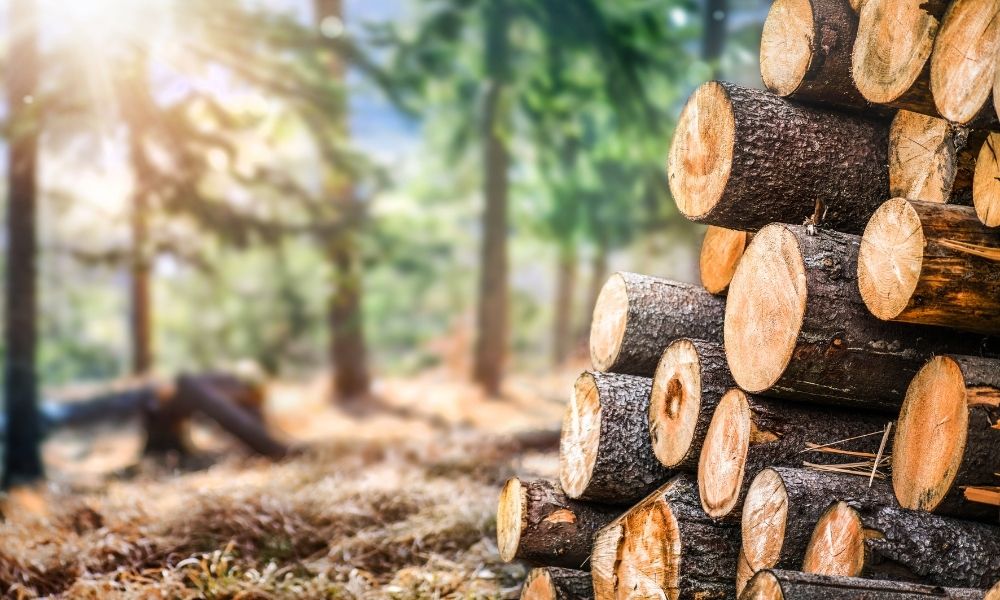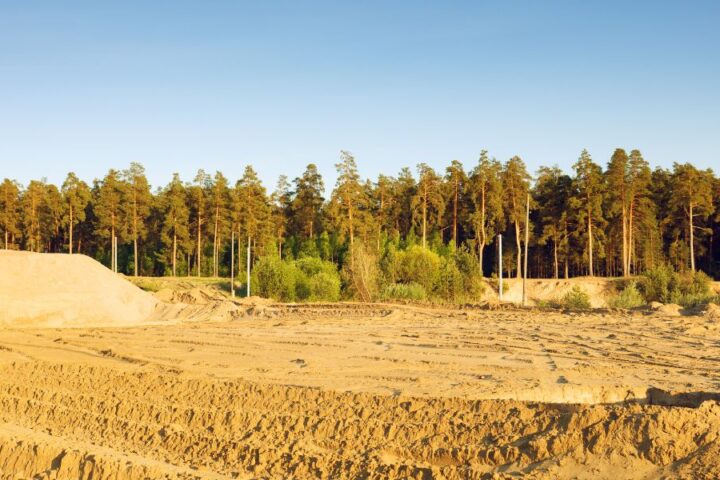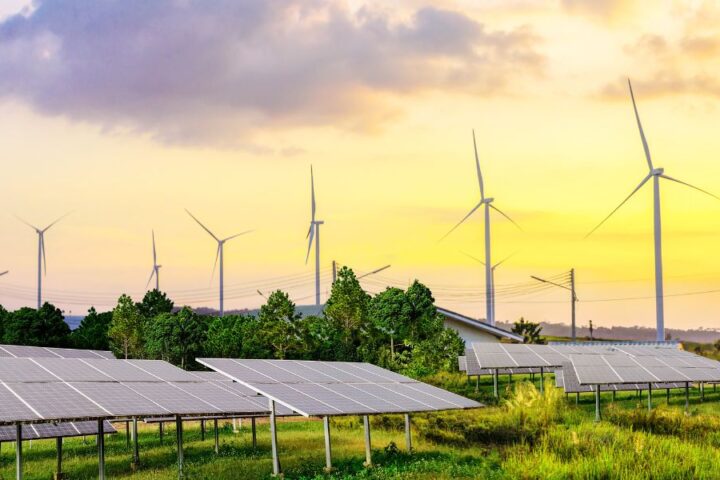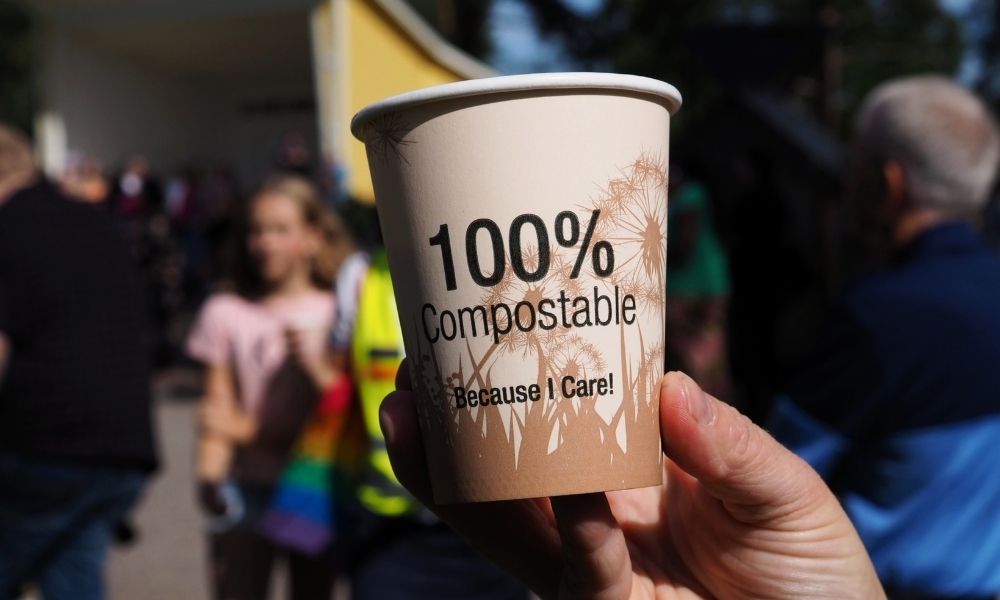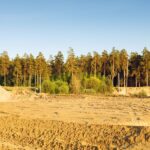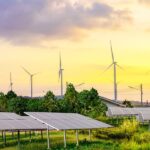Timber is always in demand across the entire globe. However, life itself—including our own species—is highly dependent on the continued presence of rich forests. As the world begins to open its collective mind to the real importance of living responsibly, much-needed changes slowly occur. Harvesting trees in a gentler manner is one such essential change. How sustainable wood is grown and harvested matters as much now as it will in the years to come.
What Is a Sustainably Managed Forest?
Unsurprisingly, people around the world define sustainability differently. What one timber corporation calls “responsible” isn’t always what general interest, politicians, or even other companies agree on. To simplify things somewhat, the Brundtland Commission of 1987 provided a flexible definition of sustainability to allow for the varying needs of people across the world. How sustainable wood is grown and harvested refers to this document but ultimately falls on the shoulders of each successive wave of legislators.
The mission of modern sustainability still follows the ideas the commission put forth. In short, a sustainable forest is one harvested from in a manner that allows for economic advances without burdening the ecology. Sustainably managed forests occur all over the world and utilize expectations of planting and protecting life cooperatively with what is ultimately taken from it.
Why Choose Sustainable Wood?
Few people think about where the hardwood in their homes came from. What’s more, simply demanding an end to the trade of such beautiful construction material is unrealistic. Many benefits spring from using this natural material over synthetic materials—namely, using wood means much fewer toxic materials are produced.
Besides this, buying hardwood doors and other hardwood elements of a home increases hardwood’s value and even reduces energy costs due to its natural insulating properties. Instead, consumers and construction companies can actively choose to buy more responsibly harvested timber. As demand increases, so will the availability.
Sustainable Wood Species in the US
Naturally, for a forest to be effectively managed, it needs to consist of species that are in demand and that can grow in a given space. In other words, each country has its own hardwood species that are traded and used in construction. In the US, the best-known hardwood species are various oaks, maples, hickories, and cherry woods.
The sturdiness of these woods lends itself well to all manner of construction, and the beauty of these species causes the high demand. Even with the need to keep up with supply, the species are being responsibly maintained and preserved for future generations. This is primarily managed by planting more trees than are cut down and by carefully targeting finite numbers of fully grown trees per forest, rather than cutting swaths and destroying sections at a time.


